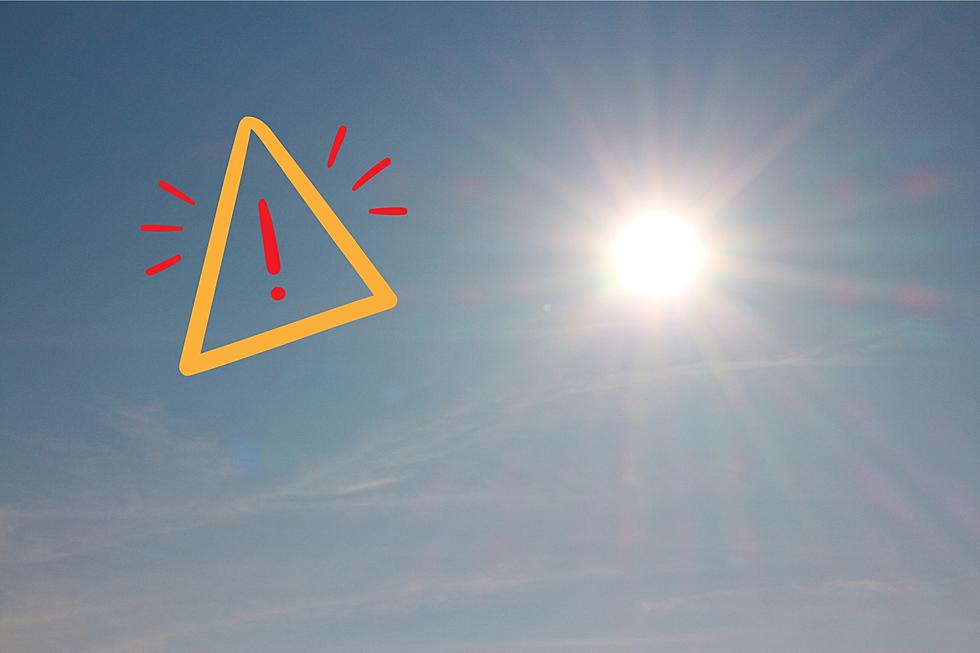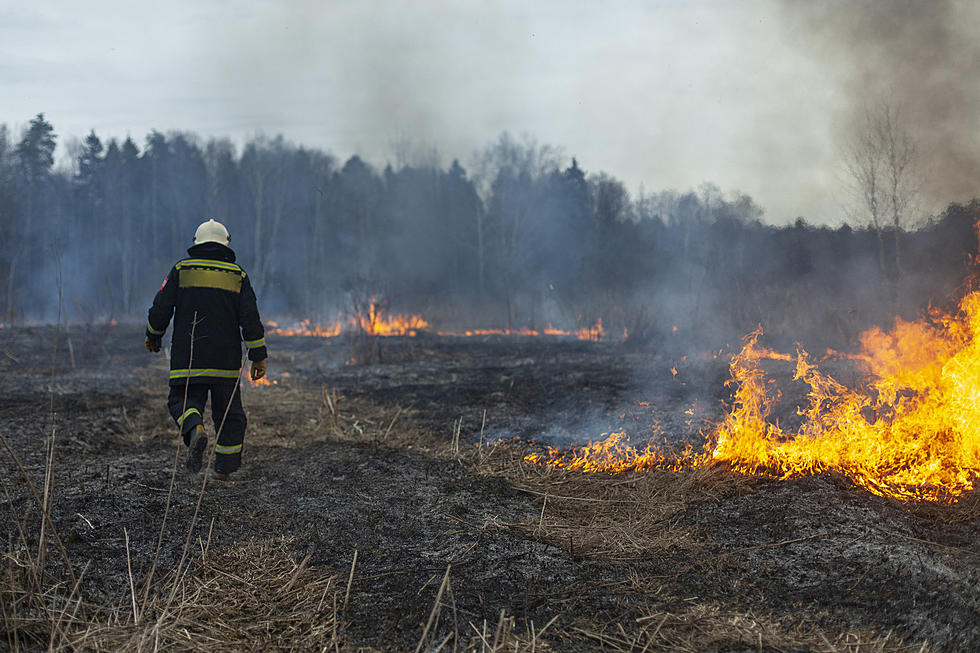
Air Quality Alert in Effect Friday & Saturday for Southern Minnesota
The Minnesota Pollution Control Agency has issued an Air Quality Alert for all of Minnesota in effect for Friday and Saturday.
According to the Minnesota PCA, smoke from wildfires in Alberta and British Columbia will move south across Minnesota following a cold front on Friday. The sinking air associated with the cold front will push smoke elevated in the atmosphere down to the surface. This will result in poor air quality. Air quality will gradually improve on Saturday with gradual clearing across Minnesota from north to south. This alert may need to be locally extended depending on how fast the smoke dissipates.
Fine particle levels are expected to reach the orange air quality index (AQI) category, a level considered unhealthy for sensitive groups, and residents should avoid prolonged time outdoors.

Red Air Quality Level = Unhealthy
Sights and smells: In areas where air quality is in the red AQI category due to wildfires, the sky may look smoky. The air will look hazy, and you won’t be able to see long distances. You may smell smoke.
Health effects: This air is unhealthy for everyone. Anyone may begin to experience symptoms such as irritated eyes, nose, and throat, coughing, chest tightness, or shortness of breath. Sensitive or more exposed individuals may experience more serious health effects, including worsening of existing heart or lung disease and respiratory and cardiovascular conditions.
What to do: Reduce outdoor physical activities, take more breaks, and avoid intense activities to reduce exposure. Sensitive and more exposed individuals should avoid prolonged or vigorous activities and consider shortening, rescheduling, or moving outdoor events inside.
Orange Air Quality Level = Unhealthy for sensitive groups
Sights and smells: In areas where air quality is in the orange AQI category due to wildfires, the sky may look hazy and residents may smell smoke even when wildfires are far away.
Health effects: This air is unhealthy for sensitive groups and pollution may aggravate heart and lung disease as well as cardiovascular and respiratory conditions. Symptoms may include chest pain, shortness of breath, wheezing, coughing, and fatigue.
What to do: People in sensitive groups are encouraged to reduce outdoor physical activities, take more breaks, or do less intense activities to reduce their exposure. People with asthma should follow their asthma action plan and keep their rescue inhaler nearby.
You can visit the Minnesota Pollution Control; Agency's Air Quality Index webpage for more information on current air quality conditions.
LOOK: Here Are 30 Foods That Are Poisonous to Dogs
LOOK: Here Are 30 Foods That Are Poisonous to Dogs
More From KRFO-FM









